The first time I rolled up to a drop at a bike park, I paused and looked down the gapped, zig-zagging wooden feature. I knew I could stick the landing, but I paused and mulled over the consequences. So did my buddy. “You gonna try it?” he asked. I wanted to ride the trail, but now I wasn’t so sure.
Most of us have seen a feature trail filter, known in some parts as a squirrel catcher, and often found at bike parks. Hell, maybe you’ve even been caught in one. It happens to the best of us. More properly known as a filter feature, these are the big intimidating rock gardens and drops or gaps that sit at the front of a trail, like a stocky bouncer would guarding the door of a nightclub, or a ‘You Must be This Tall to Ride’ sign posted ahead of a swirly roller coaster.
While they may feel like a signal to exclusivity, they’re meant to protect riders who aren’t yet ready for the trail from injury, and land managers from liability. If you’re like me, gripped with curiosity when you open a trail map at a new bike park and want to see everything there is to offer, these are meant to keep you from ending up like the cat.
“It’s become part of the standard of what everybody needs to do to protect themselves,” Aaron Rogers, president and owner of Rock Solid Trail Contracting says. Rogers worked for IMBA’s Trail Solutions for a number of years and now runs Rock Solid, the largest trail building company in the world.
There are two levels of protection, says Rogers: the sign and the feature itself. Through the sign, “You can tell people blah, blah, blah. This is a difficult trail, black diamond, ride at your own risk, you may encounter, unavoidable obstacles,” he says. “But we know people don’t really read signs all the time. So then the next layer of protection is the filter feature.”
The common ones are drops, “Just because you can make a drop look pretty intimidating, although they’re pretty safe for the most part,” Rogers says. Rock gardens are typical too, but the feature must set the tone for the trail. Typically the subsequent features and challenges on the trail are just as challenging or slightly less challenging.
Scott Chapin, a risk and insurance specialist with Marsh & McLennan Agency (MMA) handling insurance for mountain bike organizations, said the features have worked on him. “Personally, I have gone to a few trails that had a filter feature and decided I didn’t want to risk getting injured and turned around,” he told us through email.
Chapin added that warning signs may reduce the degree of liability. In a blog on the MMA website about risk on mountain bike trails, he wrote “Many of the claims we see are directly tied to technical trail features. Often, an injured party will allege that they were not properly warned of the ‘dangerous’ trail features, such as a berm, rocks or drops. We have seen claims paid in this exact scenario.”
Signage and filter features are recommended as way to potentially reduce liability. For an in-depth look into one case at the Whistler Bike Park, read Lee Lau’s piece on how signage was one part of the argument to keep liability off of Whistler in the case of a rider’s serious back injury.
IMBA Canada throws out some unique words when describing filter features. “A trail filter, sometimes referred to as a gateway or qualifier, is a high-skill-level, low-consequence obstacle that demonstrates the difficulty of the upcoming trail or trail feature.”
As a rider, I like the term qualifier. When I first started riding advanced and more technical trails, I felt like I was ready for some of them and the feature filter often served as a final test of sorts and a confidence booster before exploring the trail fully. That is, if you can nail it.
What are your favorite trails and filter features you’ve ridden, or decided against?


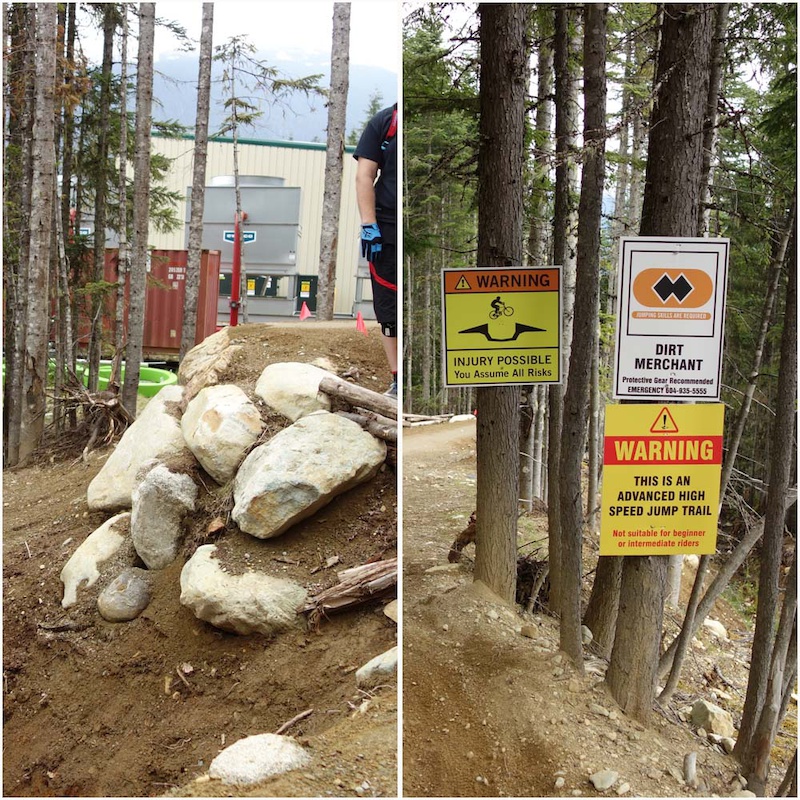
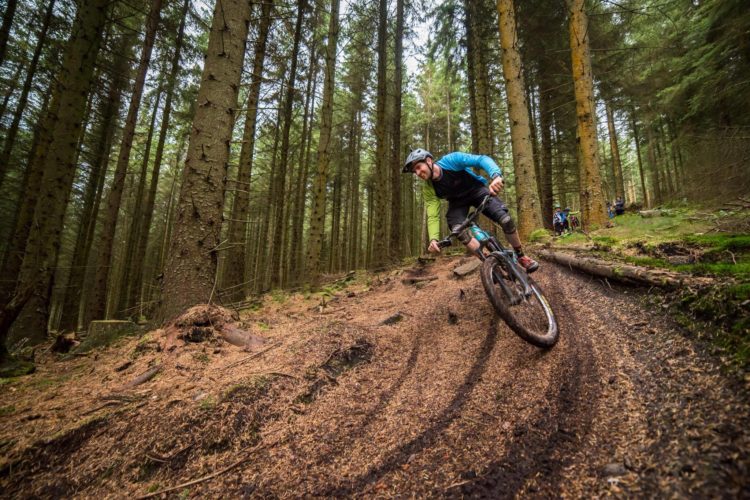
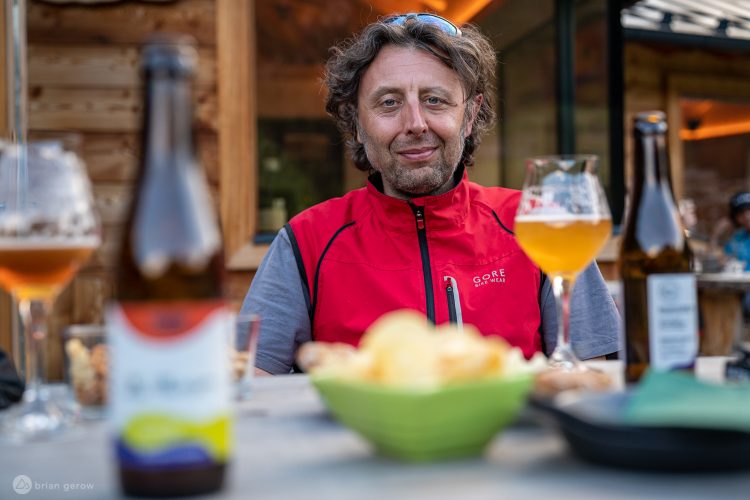


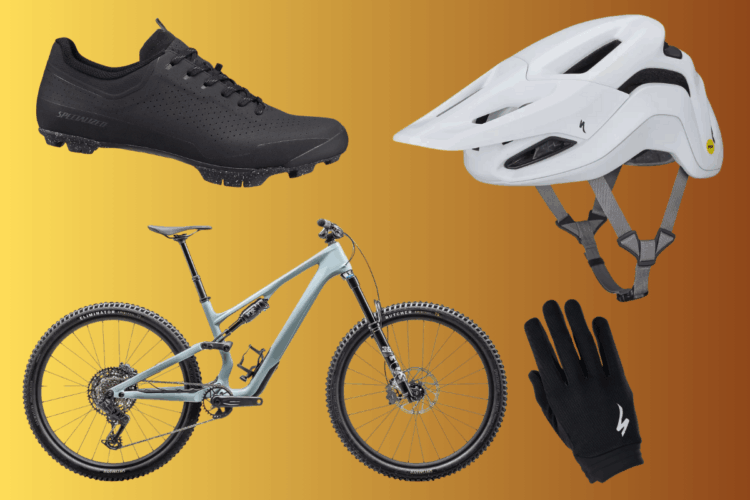
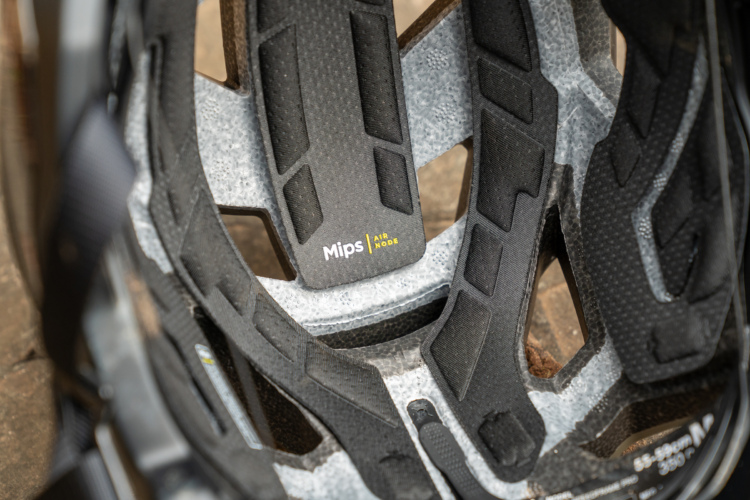

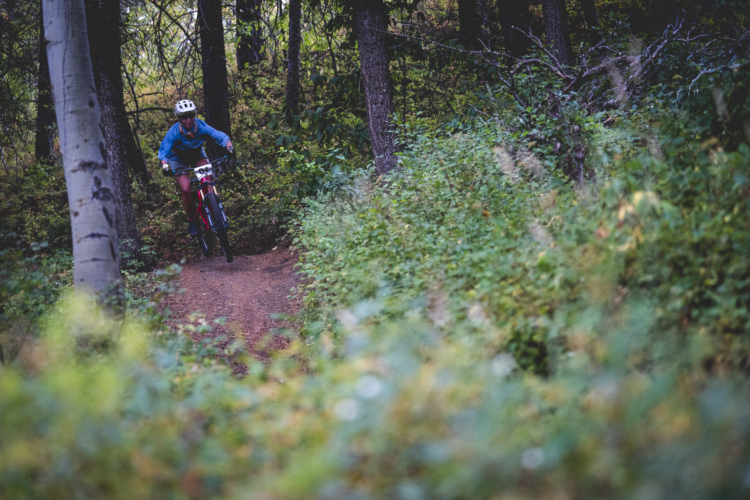

15 Comments
Mar 7, 2022
Mar 22, 2022
Mar 7, 2022
Mar 7, 2022
Mar 7, 2022
Mar 8, 2022
Mar 7, 2022
Mar 7, 2022
Mar 8, 2022
Mar 8, 2022
Mar 14, 2022
Nov 27, 2022
20 years ago, there wasn't much holding me back and those "filters" were seen as another warmup feature and part of the experience. Scoliosis has changed what I am willing to do these days. It is progressive and there is no turning back from it.
That attitude makes me question my attitude of not wishing a debilitating condition on anyone.
Mar 13, 2022
Mar 7, 2022
Mar 10, 2022